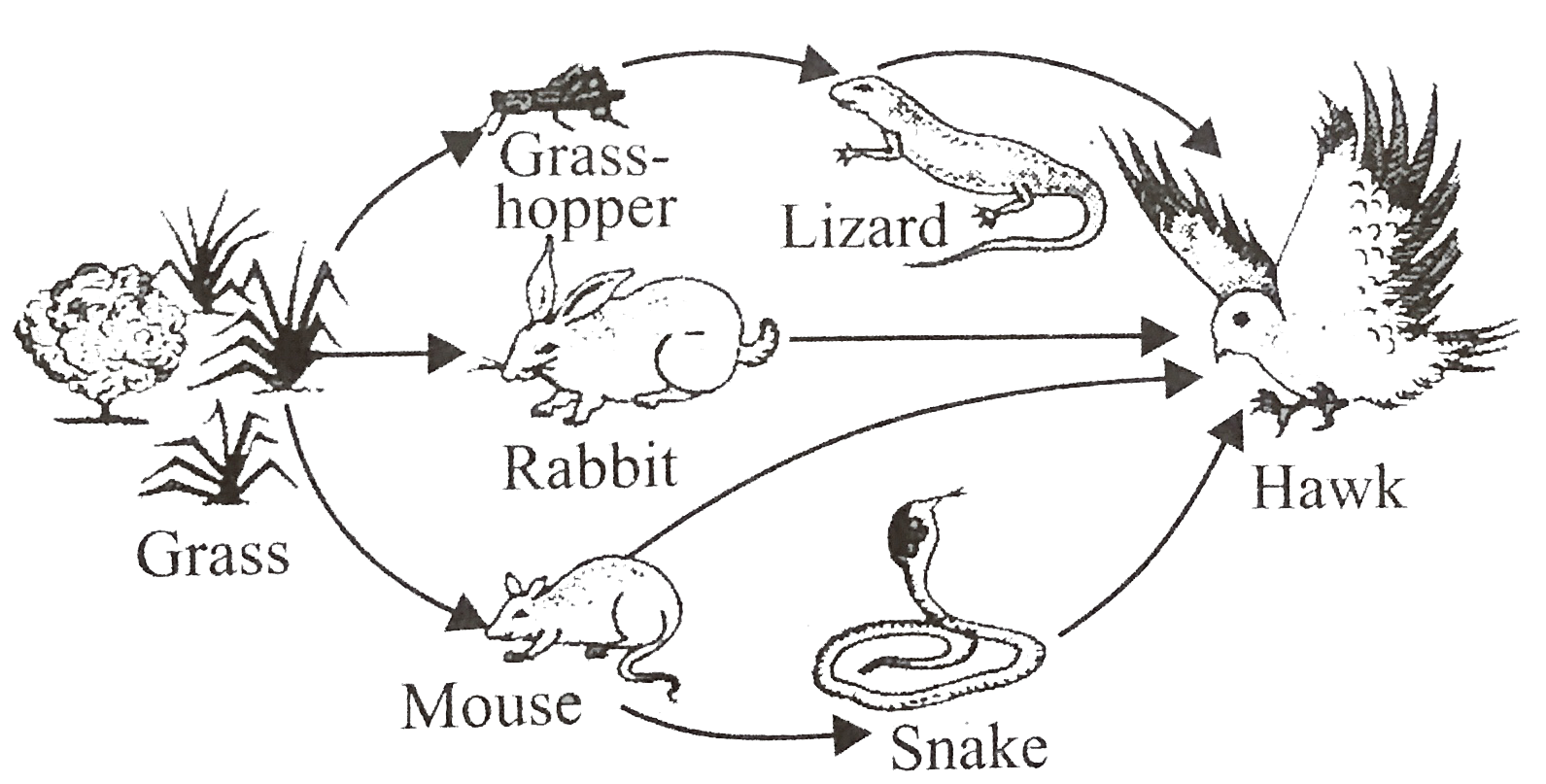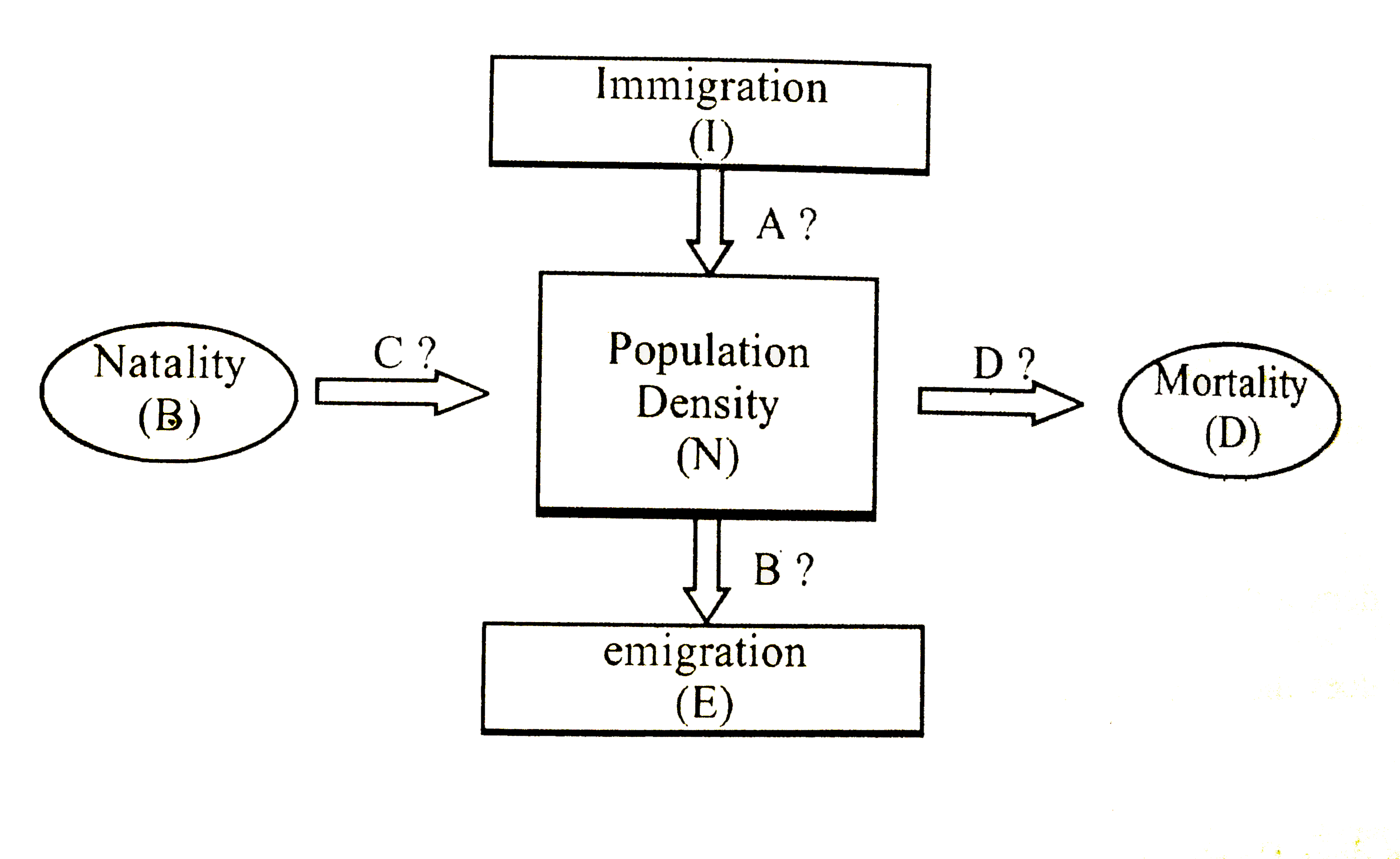Increased IMR and decreased MMR in a population will
cause rapid increase in growth rate
resuh in decline in growth rate
not cause significant change in growth rate
result in an explosive population/exp
The correct Answer is:c
To solve the question regarding the implications of increased Infant Mortality Rate (IMR) and decreased Maternal Mortality Rate (MMR) in a population, we can break it down into the following steps:
1. Understanding IMR and MMR:
- Infant Mortality Rate (IMR): This refers to the number of deaths of infants under one year old per 1,000 live births in a given year. An increase in IMR indicates that more infants are dying.
- Maternal Mortality Rate (MMR): This refers to the number of maternal deaths per 100,000 live births. A decrease in MMR means that fewer women are dying during childbirth.
2. Analyzing the Effects of Increased IMR:
- An increase in IMR suggests that a larger number of infants are not surviving past their first year. This can lead to a decline in the overall population growth because fewer infants surviving means fewer individuals reaching reproductive age in the future.
3. Analyzing the Effects of Decreased MMR:
- A decrease in MMR indicates that more mothers are surviving childbirth. This can contribute positively to population growth as more women are able to have children and raise them.
4. Combining the Effects:
- While a decrease in MMR may lead to a slight increase in population growth due to more mothers surviving, the significant increase in IMR will have a more substantial negative impact on population growth. The high number of infant deaths will outweigh the benefits of fewer maternal deaths.
5. Conclusion:
- The overall effect of increased IMR and decreased MMR will likely result in a decline in the population growth rate. Thus, the correct answer to the question is that it will "result in a decline in growth rate."
Final Answer:
The correct option is: Result in decline in growth rate.
---
- Infant Mortality Rate (IMR): This refers to the number of deaths of infants under one year old per 1,000 live births in a given year. An increase in IMR indicates that more infants are dying.
- Maternal Mortality Rate (MMR): This refers to the number of maternal deaths per 100,000 live births. A decrease in MMR means that fewer women are dying during childbirth.
- An increase in IMR suggests that a larger number of infants are not surviving past their first year. This can lead to a decline in the overall population growth because fewer infants surviving means fewer individuals reaching reproductive age in the future.
- A decrease in MMR indicates that more mothers are surviving childbirth. This can contribute positively to population growth as more women are able to have children and raise them.
- While a decrease in MMR may lead to a slight increase in population growth due to more mothers surviving, the significant increase in IMR will have a more substantial negative impact on population growth. The high number of infant deaths will outweigh the benefits of fewer maternal deaths.
- The overall effect of increased IMR and decreased MMR will likely result in a decline in the population growth rate. Thus, the correct answer to the question is that it will "result in a decline in growth rate."
The correct option is: Result in decline in growth rate.
Topper's Solved these Questions
- NCERT Exemplar Questions +2 (PRINCIPLE OF INHERITANCE AND VARIATION)BOOK - TRUEMEN BIOLOGY ENGLISHCHAPTER - NCERT Exemplar Questions +2 (PRINCIPLE OF INHERITANCE AND VARIATION)EXERCISE - MCQs
18 Videos
- NCERT Exemplar Questions +2 (REPRODUCTION IN ORGANIMS)BOOK - TRUEMEN BIOLOGY ENGLISHCHAPTER - NCERT Exemplar Questions +2 (REPRODUCTION IN ORGANIMS)EXERCISE - MCQs
17 Videos
Similar Questions
Knowledge Check
In the given food web, and increase in the population of hawks will not result in
 Adecrease in the population of rabbits and sankesBdecrease in the population of mouseCdecrease in the population of lizardsDincrease in the population of grasshoppers.
Adecrease in the population of rabbits and sankesBdecrease in the population of mouseCdecrease in the population of lizardsDincrease in the population of grasshoppers.Which of the following would necessarily decrease the density of a population in a given habitat ?
ANatality and mortalityBImmigration and emigrationCMortality and emigrationDNatality and immigration
Increasing and decreasing Functions
View SolutionIn the given food web, an increase in the population of hawks will not result in

View SolutionWhich factors would necessarily decrease the density of a population in a given habitat ?
View SolutionWhich of the following would necessarily decrease the density of a population in a given habitat ?
View SolutionMortality and _________ contribute to a decrease in population density.
View Solution[A] : The food webs are very important in maintaining the stability of an ecosystem in nature .
[R] : The decrease in the population of rabbit would naturally cause an increase in the population of alternative herbivores e.g. , mouse .
View Solution

